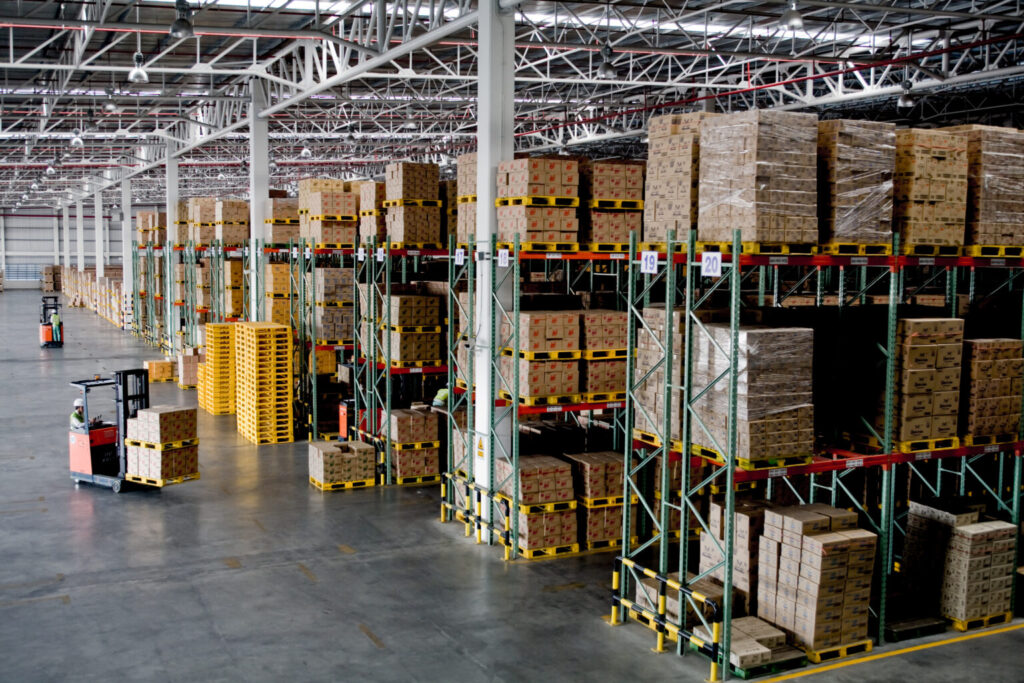Dear Supply Chain Head,
Given the current Covid-19 situation, I am sure you are facing a lot of uncertainties across the supply chain: workforce shortages, transport issues, government plans, demand and supply fluctuations. While there are discussions and speculations about the future, companies must undoubtedly focus on reducing cost, improve efficiencies, and manage their working capital well in the next 12 – 18 months, to emerge stronger out of this crisis.
The purpose of this series is to provide simple but effective ideas to help managers improve elements of their supply chain. In this post, I share a few ideas for enhancing warehouse performance.
It is becoming a challenge for e-commerce and consumer goods companies to fulfil orders due to the non-availability of resources in their warehouses, first and last-mile distribution. The labour shortage situation will take considerable time to improve as a lot depends on when the migrant workers can return from their native. Also, the requirement of social distancing, if implemented well, will slow down processes and productivity levels. The onus is on the supply chain managers to not just resume warehouse operations well – with all the safety protocols but also to improve productivity levels to meet mid to long term goals of the businesses. Here are a few ideas to consider:
- Cross Dock: Set up a cross-dock process for 20% SKUs that can deliver 50 – 60% volume – will help to move goods faster through the warehouse. The focus after the lockdown will be on top-selling SKUs – split orders in the Warehouse Management System if feasible to ease the process and improve productivity further. For large shipments, evaluate dropship directly from factories to distributors.
- Improve Slotting: For a large warehouse with a high number of SKU’s, efficient slotting will improve productivity levels by 10 – 15%. Now is the right time to set up the process when the inventory levels are low, and locations are available to rearrange stocks.
- Eliminate NVA’s: Map the value stream from Dock-in to Dock-out and eliminate non-value-added activities in the system, such as the unnecessary flow of goods, suboptimal picking, multiple scans, and manual processes.
- Invest in Automation: Automate highly repetitive activities and manual efforts that do not add value to the processes. Semi-automated pack stations, auto-assigning tasks to operators by WMS based on a pre-defined algorithm, transport conveyors, put-to-light sorting/ order consolidation are some examples. If your order and volume complexities are high, evaluate investing in a highly automated warehouse.
- Invest in training: This may sound counter-intuitive – why would I use the time to train instead of using the time for production? By training, I refer to building flexibility in the system. In a large warehouse, there are 40 – 50 different activities and managers should have the flexibility to move resources from one function to the other, depending on the workload. While training might take 2-3 weeks for existing staff, but the overall capability of the warehouse goes up. Use overtime and extra hours for training.
- Communicate: Having run warehouses, I know it is important to communicate not just at an organisation level but also at an individual level. Make your front-line leaders accountable to have frequent and consistent touch points at all levels. Listen actively, get feedback from your staff, and solve their problems. Done well, not only will it improve employee morale and retain talent but also increase workforce productivity.
Depending on your industry and warehouse operations there could be more ideas ,but 20 – 25 % improvement in productivity is achievable. The key is to identify opportunities, spend time on planning now, and start implementing soon after operations resume.
I look forward to hearing your views on the above ideas and some more ideas if you would like to add.
In the next post, I will discuss the challenges and potential improvement opportunities in the logistics and transportation side of the supply chain.
– Rajan Ekambaram, Partner, Supply Chain Practice Qwixpert


